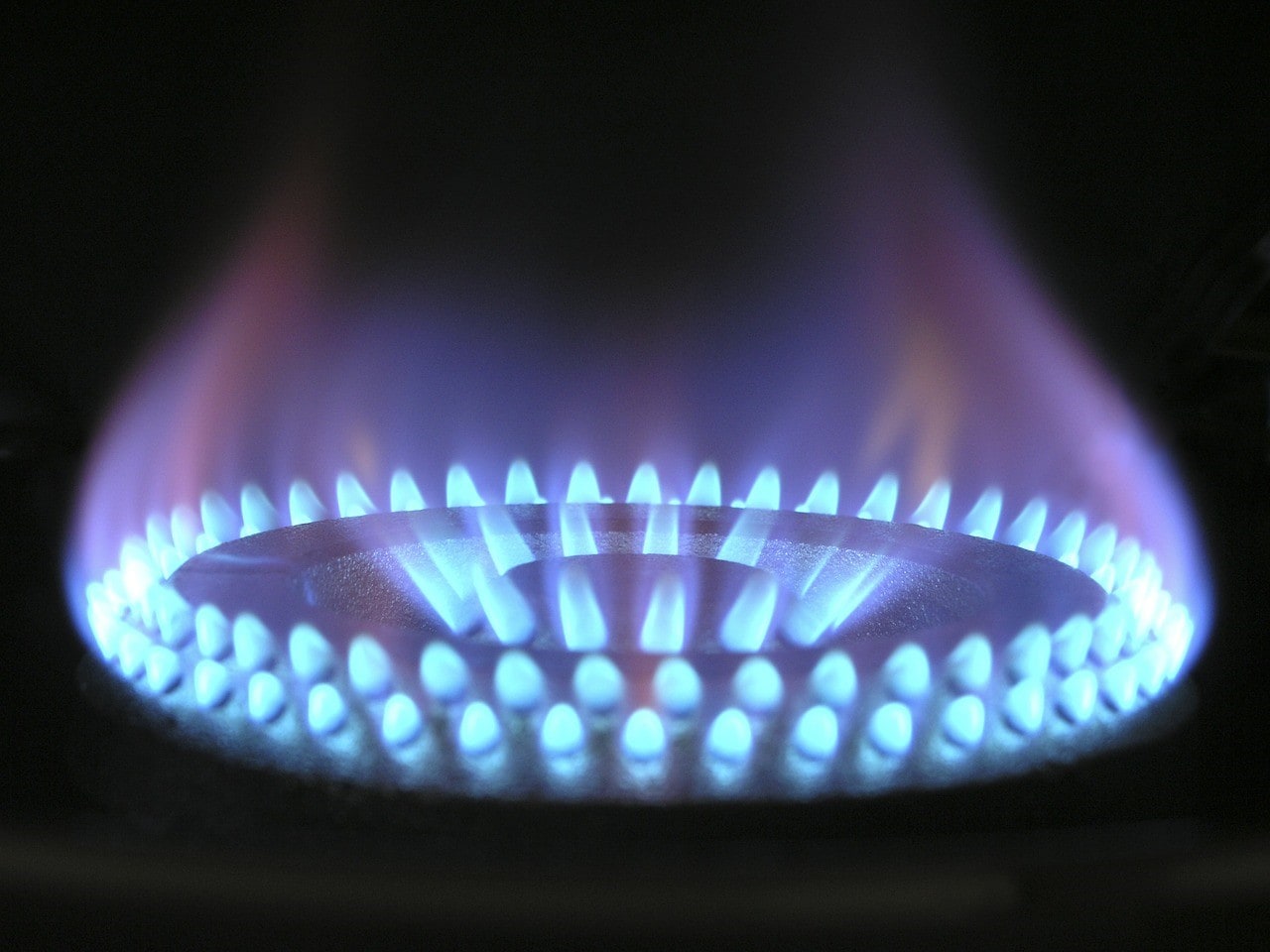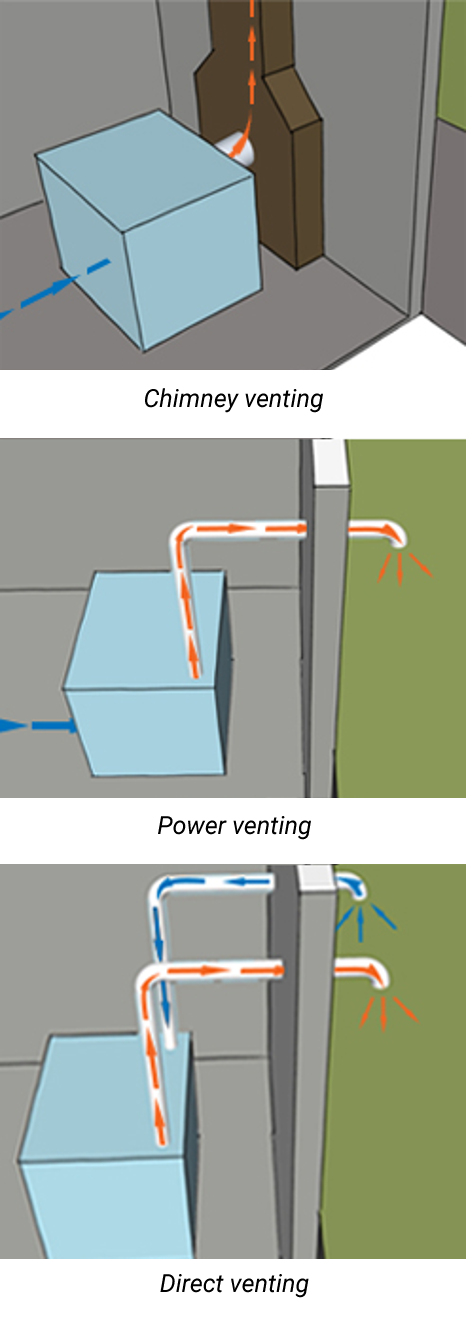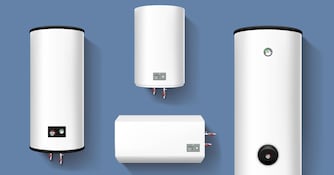
Residential Water Heaters Buyers' Guide
Most people don't think about their water heater until it breaks.
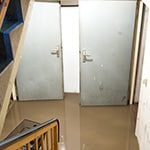 It's the end of a long day. You sit down to dinner with your family when, suddenly, you hear a dripping sound coming from the basement. Alarmed, you sprint downstairs and confirm your worst fear-your basement has become a giant, indoor duck pond.
It's the end of a long day. You sit down to dinner with your family when, suddenly, you hear a dripping sound coming from the basement. Alarmed, you sprint downstairs and confirm your worst fear-your basement has become a giant, indoor duck pond.
The culprit? Your 50-gallon storage tank water heater burst, and now you're racing against the clock to clean up the hot mess and get a new water heater. Believe it or not, amidst this disaster shines a glimmer of opportunity.
Just like a broken smartphone means an excuse to get a better one, a failed residential water heater can be a chance to replace it with something that will serve you well for years to come.
But you need to know what you're looking for. Reading this hot water heater buying guide can help you make the right call for you and your family.
What to Look for in a Water Heater
Whether choosing how to replace an old water heater or installing one in your new home, it is important to consider three main areas: operation, efficiency, and cost.
Operation
Water heaters operate differently and have certain requirements depending on the following:
Water Heater Type
The first point to consider is the type of hot water heater. The two most popular types are storage tank and tankless. A storage tank water heater heats stored water, while a tankless model heats water on-demand as it passes through the unit. Alternative options include indirect (for boiler systems), point-of-use and heat pump water heaters.
Energy Source
No matter the type, all water heaters require a power source
to heat the water. Options include electricity, solar or, more commonly, natural gas, oil or propane.
This is a very important consideration because it will determine the complexity and cost of installation. For example, venting is needed to exhaust combustion gases in all gas-powered units installed indoors.
Energy type will also determine how much you pay in utility bills each month. Typically, electricity costs more than gas, although propane can get very expensive. Homeowners should research the price and availability of energy in their area before purchasing a water heater.
Venting
A gas water heater will require venting for the intake and exhaust gases. Three main types of venting exist: chimney, direct and power.
- Traditional chimney venting releases exhaust through a chimney.
- Power venting uses a fan to force air out through exhaust pipes and takes in fresh air from the surrounding space.
- Direct venting uses intake and exhaust pipes that connect directly to the outdoors through a wall and can be installed in a confined space.
Venting materials come into play when installing a gas water heater. Stainless steel and less expensive PVC are both options. New, easy-to-install polypropylene venting is also becoming popular. The type of venting used will depend largely on the unit's efficiency, discussed below.
Water Heaters and Efficiency
A water heater's efficiency is one of its most important characteristics and can prove decisive in the selection process.
The key number to understand when determining a gas water heater's efficiency is its Uniform Energy Factor (UEF) rating.
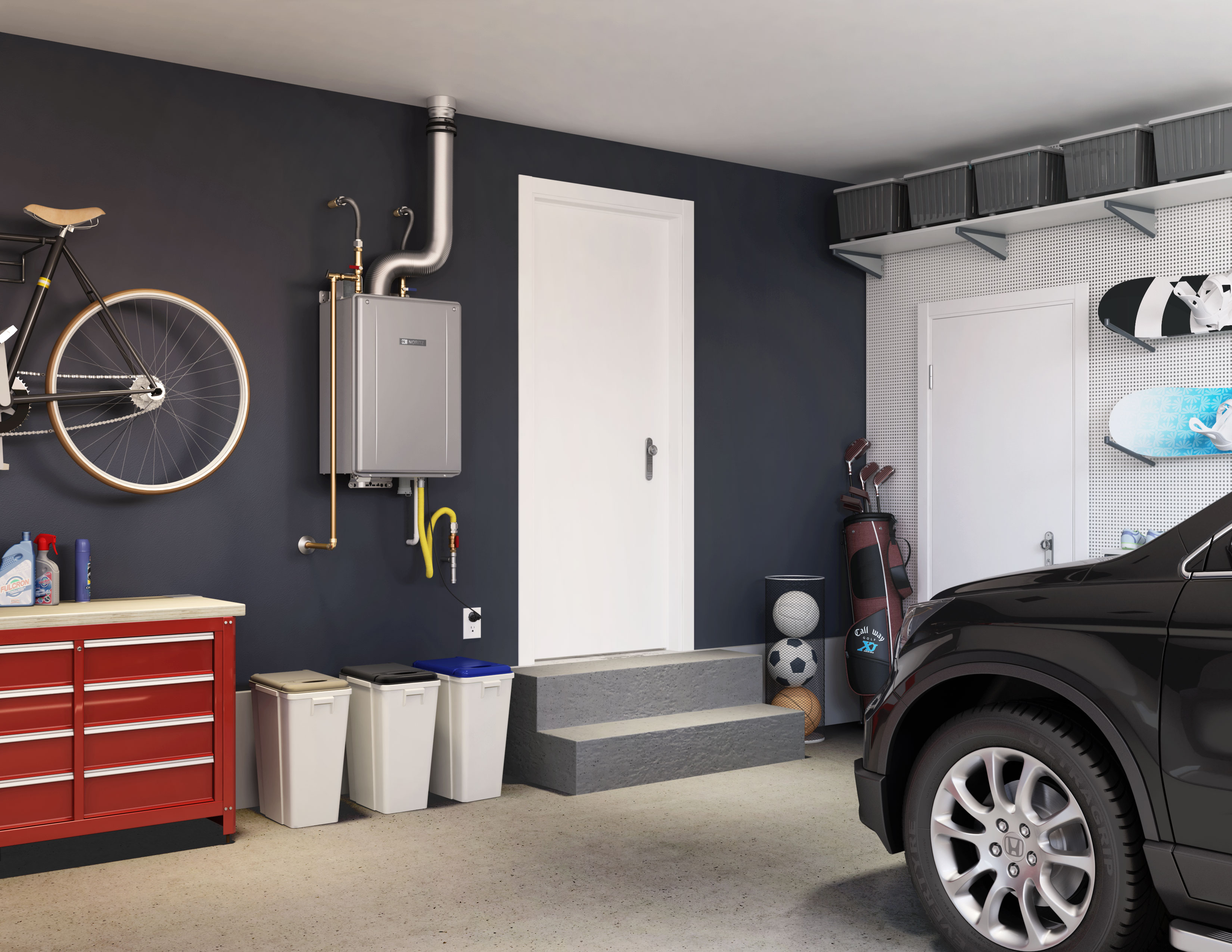 The higher the UEF, the more energy goes into heating the water versus escaping out the flue.
The higher the UEF, the more energy goes into heating the water versus escaping out the flue.
For example, on the low-efficiency end, a water heater with a 0.80 UEF uses 80% of its fuel to heat the water, and 20% of the energy is exhausted. It's like for every dollar of fuel used, 20 cents goes out the vent.
On the high-efficiency end, a 0.95 UEF water heater only exhausts 5% of its energy. These high-efficiency units have a secondary heat exchanger that captures heat energy from the exhaust and preheats incoming water. They create condensation as a byproduct and are therefore called condensing water heaters.
The more efficiently a water heater uses energy, the lower the utility costs will be at month's end. Both tank and tankless models have low and high-efficiency options. A tankless water heater has the extra benefit of only firing when hot water is needed, unlike a storage tank unit that will require periodic energy use during the day to keep the tank heated.
A higher efficiency water heater can decrease the cost of venting materials. Less heat energy released through the vent means that less expensive piping, such as PVC, can be used. Otherwise, expensive stainless-steel piping is required to handle the extremely high exhaust temperatures.
How Much Does a Water Heater Cost?
Water heater costs can be broken down into upfront costs and long-term costs. Both should be considered when evaluating a water heater's overall value.
Upfront Costs
In general, tankless water heaters will have a higher upfront cost than storage tank models because of their more powerful internal components. Tankless units require a more powerful burner that can heat the water in a short amount of time, as well as a higher-grade heat exchanger.
An indirect-fired water heater may be an affordable option, but only if a boiler system already exists in the building. A point-of-use heater may not cost much if only one is needed, but a large building that requires many units could see that initial cost multiplied.
The installation also impacts upfront costs. Generally, directly replacing a water heater with another of its same kind will have minimal installation costs. However, changing the style of the water heater, like switching from tank to tankless, can have additional plumbing costs and, if gas-powered, will require new venting and gas line setup.
Long-term Costs
One of the most important considerations for homeowners choosing a water heater is long-term cost or the price of running the unit over its lifetime. This takes efficiency, maintenance, and lifespan into account.
High-efficiency water heaters, although more expensive upfront, will result in energy savings due to their higher UEF ratings. Tankless water heaters save even more because they only heat water on-demand and not all the time.
Energy Star estimates that high-efficiency units can save a family of four anywhere from $25 to $95 per year. Households can potentially save even more, depending on their water usage habits.
Although the payback period varies, spending a few extra hundred dollars now could save you thousands over the long run.
Maintenance should also be considered. All water heaters will need to be drained and flushed at least once per year to eliminate internal scale and corrosion buildup. Storage tank units will require their anode rod to be replaced once it wears out.
While a tankless water heater can have a lifespan of more than 20 years, a typical storage tank unit will last between 10 and 15 years. Most tankless water heaters are built with easily replaceable, modular components. In those cases, you can replace individual parts (like you would in an aging car) instead of the whole unit.
How Big of a Water Heater Do I Need?
One size does not fit all when it comes to water heaters. Whichever type is chosen, it will need to be properly sized to provide enough hot water for the application's demand, whether it's a small home with one bath and shower or a large mansion with two hot tubs.
Temperature Change (?T)
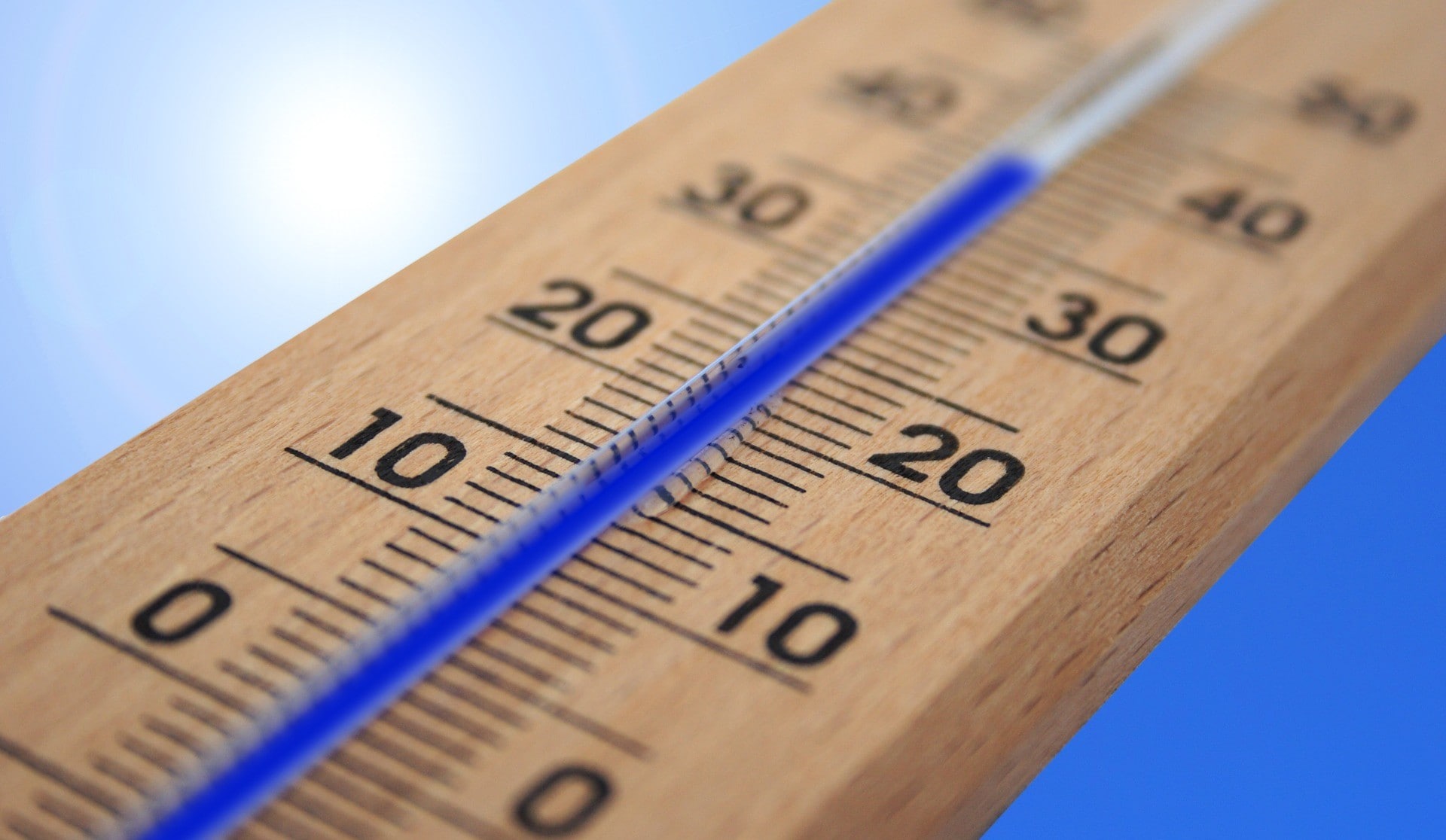 The temperature change refers to the difference between the incoming ground water temperature and the temperature desired inside at the fixture. This value is represented by the symbol ?T (Delta T).
The temperature change refers to the difference between the incoming ground water temperature and the temperature desired inside at the fixture. This value is represented by the symbol ?T (Delta T).
For example, 110°F is a typical maximum temperature used for showers. If the incoming water temperature is 50°F, then the water heater will need to produce enough energy to overcome a 60°F temperature differential (110°F - 50°F = 60°F).
Knowing temperature change is crucial for sizing tankless water heaters since they need to heat water on demand. However, this alone will not be helpful without also understanding the flow rate.
Flow Rate
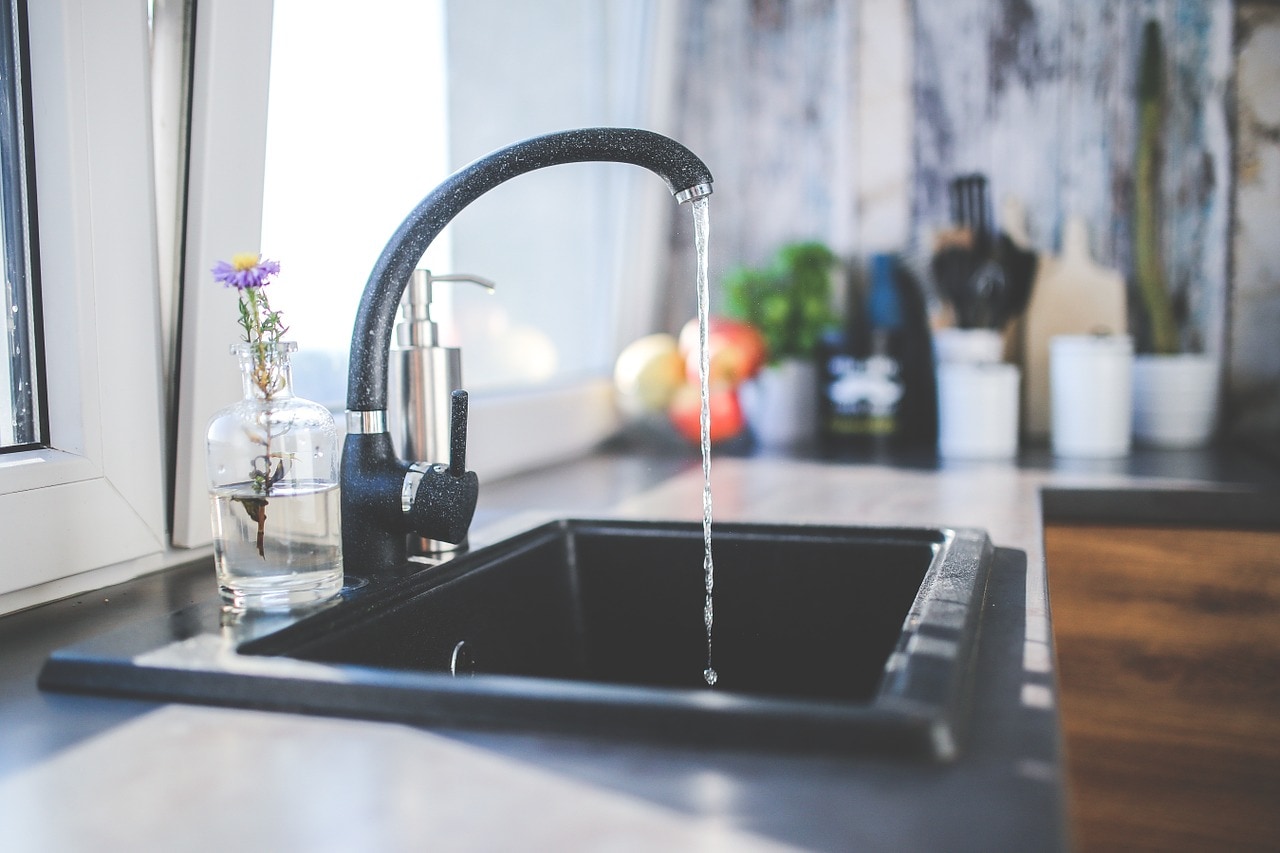 Flow rate represents the demand placed on a hot water heater and is the sum of all the hot water fixtures' individual flow rates that will be used at any given time, measured in gallons per minute (GPM).
Flow rate represents the demand placed on a hot water heater and is the sum of all the hot water fixtures' individual flow rates that will be used at any given time, measured in gallons per minute (GPM).
A tankless water heater will have a maximum flow rate at a given temperature. It takes more energy to heat faster-moving water to the setpoint temperature, especially if there is a large temperature change.
For example, the amount of energy needed to heat 50°F to 110°F water when it is moving at 5 GPM (filling a bathtub) is greater than would be necessary to heat 50°F to 110°F water when it is moving at 3 GPM (showering).
Flow rate and temperature change are, therefore, closely intertwined when it comes to sizing a tankless unit. Both need to be considered, along with their effects on the other, in order to find a water heater with the correct rating.
First-Hour Rating
When it comes to tank storage water heaters, flow rate and temperature change matter much less because the water is being heated over time and stored. More important is the first-hour rating, which measures how many gallons of hot water can be supplied per hour.
To size a storage tank, a user will need to calculate the maximum gallons of hot water that might be needed in one hour. If a household's peak hot water demand is 36 gallons (showering, dishwashing, clothes washing) in one hour, then the storage tank will need to be at least that large. Otherwise, the hot water will run out faster than it is replaced.
Buy with Confidence
Now you have a better idea of how to buy a hot water heater with confidence. Understanding a water heater's operation, efficiency, cost, and sizing is crucial to choosing the right one for your home. Remember, you can always contact us with specific questions and concerns.
Next time you need a new water heater last minute, don't panic. Examine your options and pick one that will last for years to come.

